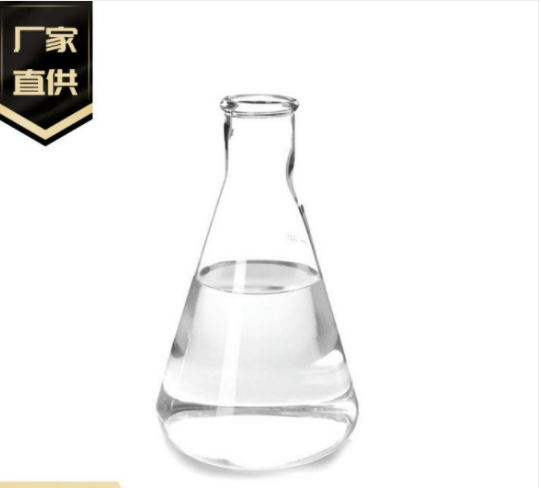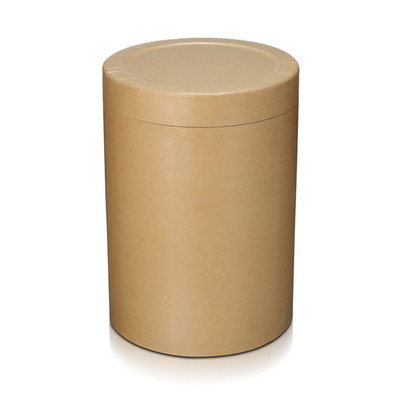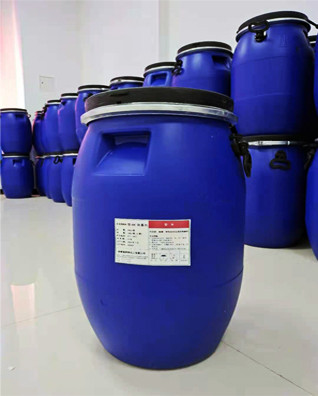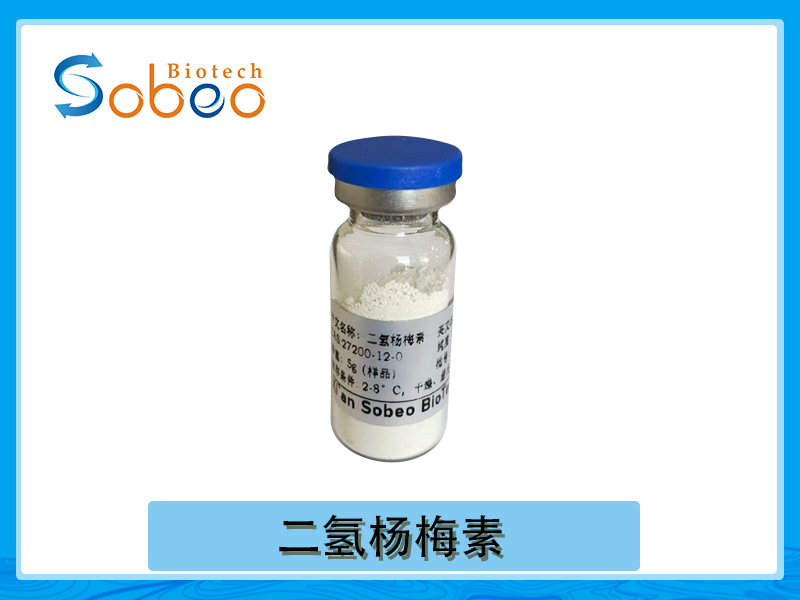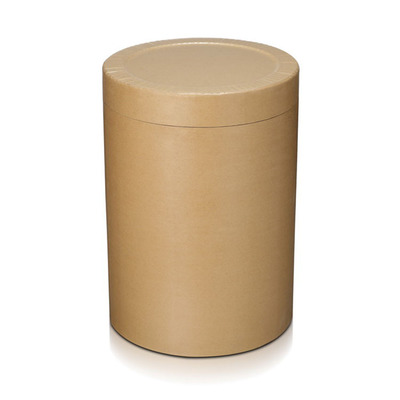CAS:142-62-1
Molecular Formula:C6H12O2
Alias
More Information
N-Hexoic Acid; N-Hexylic Acid; Caproic Acid; Capronic Acid; N-Caproic Acid; Hexoic Acid; Pentylformic Acid; Pentane-1-Carboxylic Acid; N-Hexanoic Acid; Caproic
Brief Introduction
This product is a permitted edible spice. It is mainly used to make cheese, cream, rum and cream hard candy. Application: it is a basic organic raw material, which can be used to produce various caproate products. In medicine, it is used to prepare hexazoxin. It can also be used as thickener of perfume and lubricating oil, rubber processing assistant, varnish drying agent, etc. Application: gas chromatographic analysis standard, organic synthesis, manufacture of esters as artificial flavors, manufacture of rubber and false paint driers.
Suppliers
View More Vendors (2) >
CAS:1490-04-6
Molecular Formula:C10H20O
Alias
More Information
P-Menthan-3-Ol; 5-Methyl-2-(1-Methylethyl)-Cyclohexanol; Hexahydrothymol; Dl-Menthol; 2-Isopropyl-5-Methylcyclohexanol; Menthol Powder; Menthol Chemicals; Menthol Crystals
Brief Introduction
Menthol and racemic menthol can be used as flavoring agents for toothpaste, perfume, beverages, candy, etc; It is used as an irritant in medicine. It acts on the skin or mucous membrane and has a cooling and antipruritic effect; Orally, it can be used as an anti wind medicine for headache, nasopharynx, laryngitis, etc; Its esters are used in perfumes and pharmaceuticals
Suppliers
View More Vendors (2) >
Alias
More Information
(-)-Menthol; Levomenthol; L-(-)-Menthol; Menthacamphor; Menthomenthol; Peppermint Camphor; (1R,2S,5R)-2-Isopropyl-5-Methylcyclohexanol; Levomentholum; (1R,2S,5R)-(-)-Menthol; Menthol Racemic; Hexahydrothymol; D,L-Menthol; (-)-(1R,3R,4S)-Menthol; (-)-Menthyl Alcohol; (1R)-(-)-Menthol; D-(-)-Menthol; (R)-(-)-Menthol; I-Menthol; Racementhol; (-)-Trans-P-Menthan-Cis-Ol; 1-Menthol; (L)-Menthol; Menthol(-); Menthol Bold Crystal; L- Menthol; Menthol
Brief Introduction
This product can be used as an odorant for toothpaste, perfume, beverages and sweets. It is used as a stimulant in medicine. It acts on skin or mucous membrane, and has the effect of cooling and itching. It can be used as a wind dispelling medicine for headache, nose, pharynx and laryngitis.
Suppliers
View More Vendors (2) >
CAS:2444-46-4
Molecular Formula:C17H27NO3
Alias
More Information
Capsaicin (Synthesis)(=N-Pelargonylvanillylamide); Capsaicinsynthesispelargonylvanillylamide); N-(4-Hydroxy-3-Methoxy-Benzyl)Pelargonamide; N-(4-Hydroxy-3-Methoxybenzyl)Nonanamide; N-Vanillylnonanamide; N-[(4-Hydroxy-3-Methoxy-Phenyl)Methyl]Nonanamide; N-[94-Hydroxy-3-Methoxyphenyl)Methyl]Nonanamide; Nonoyl Vanillylamide; Nonylic Acid Vanillylamide (Nonivamide); Synthetic Capsaicin; Nonivamide Capsaicine; Pelargonic Acid Vanillylamide; N-[(4-Hydroxy-3-Methoxyphenyl)Methyl]Nonanamide
Brief Introduction
It is mainly used in the production of single or compound ointment and other preparations. It is widely used in the treatment of arthritis, muscle pain, back pain, sports sprain and postherpetic neuralgia. The non-toxic biological antifouling paint made of capsaicin as the active ingredient to prevent the adhesion of marine organisms is widely used in marine ships to prevent the adhesion of marine organisms and ensure the normal navigation of ships in the sea. At the same time, it can be widely used in coastal thermal power plants, nuclear power plants and other equipment that need to use a lot of seawater for heat exchange to prevent marine organisms from blocking the water inlet pipe. Capsaicin, as an insect repellent, has been used as a functional plastic granule and coating to prevent termites and mice, which is used in cable, underground buildings and civil furniture manufacturing industry.
Suppliers
View More Vendors (2) >
CAS:27200-12-0
Molecular Formula:C15H12O8
Alias
More Information
Ampelopsin E; (2R,3R)-3,5,7-Trihydroxy-2-(3,4,5-Trihydroxyphenyl)-2,3-Dihydrochromen-4-One; 3,5,7,3',4',5'-Hexahydroxy-2,3-Dihydroflavone; (2R,3R)-Dihydromyricetin; (2R,3R)-3,5,7-Trihydroxy-2-(3,4,5-Trihydroxyphenyl)-2,3-Dihydrochromen-4-One Ampelopsin Dhm; Flavanone,3,3',4',5,5',7-Hexahydroxy; 3,5,7,3',4',5'-Hexahydroxy-2,3-Dihydroflavonol; Ampelopsin; Ampeloptin; 3,3',4',5,5',7-Hexahydroxy-2,3-Dihydroflavanonol; Rac-Ampelopsin; 2,3-Dihydro-3,5,7-Trihydroxy-2-(3,4,5-Trihydroxyphenyl)-4H-1-Benzopyran-4-On; 3,3’,4’,5,5’,7-Hexahydroxy-2,3-Dihydroflavanonol; 3,3’,4’,5,5’,7-Hexahydroxy-Flavanon; Dihydromyricetin, From Myrica Rubra; Two Hydrogenmyricetin; (2R,3R)-3,5,7-Trihydroxy-2-(3,4,5-Trihydroxyphenyl)Chroman-4-One
Brief Introduction
Ampelopsin, also known as dihydromyricetin, is a flavanonol, a type of flavonoid. It is found in the Ampelopsis species japonica, megalophylla, and grossedentata; Cercidiphyllum japonicum; Hovenia dulcis; Rhododendron cinnabarinum; some Pinus species; and some Cedrus species, as well as in Salix sachalinensis.
Hovenia dulcis has been used in traditional Japanese, Chinese, and Korean medicines to treat fever, parasitic infection, as a laxative, and a treatment of liver diseases, and as a hangover treatment. Methods have been developed to extract ampelopsin from it at large scales, and laboratory research has been conducted with the compound to see if it might be useful as a drug in any of the conditions for which the parent plant has been traditionally used.
In a trial of sixty patients with fatty liver disease dihydromyricetin improved glucose and lipid metabolism and exerted anti-inflammatory effects which were beneficial.
Suppliers
View More Vendors (2) >
Inquiry (
10
/ 10
)
Clear All
Sign In
Error!

